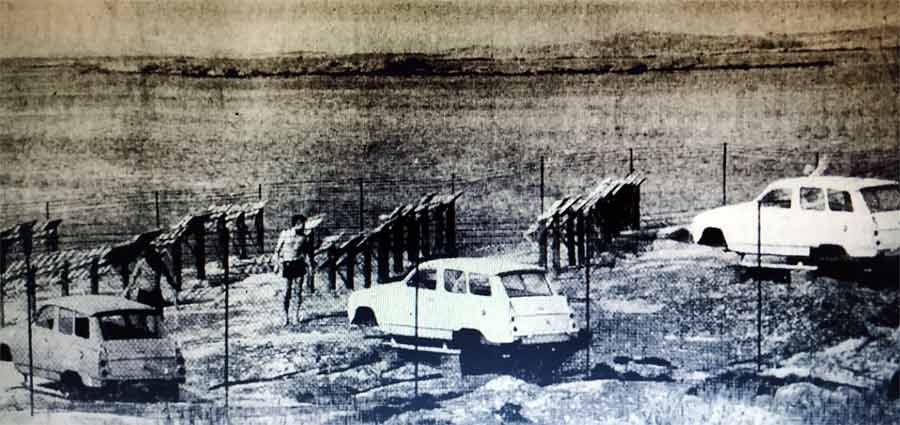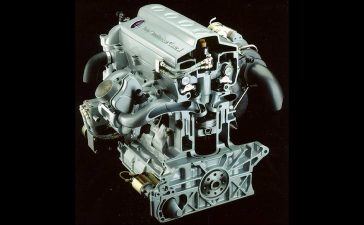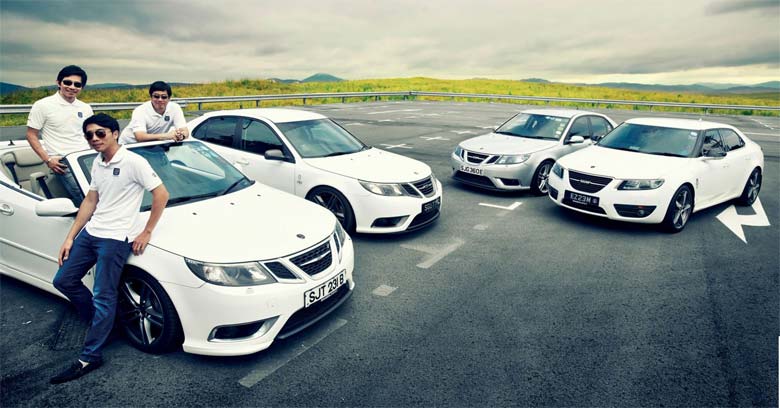All car owners who live near the sea encounter extensive corrosion on car chassis. Also, a similar thing happens with cars from parts of the northern hemisphere, because in those areas, during the winter period, the roads are intensively salted. These first mentioned conditions cause the so-called “atmospheric corrosion” and we cannot influence it.
Table of Contents
How much they affect the corrosion of the metal
The second type of corrosion depends on how much you drive your car on “salty” roads, the more you keep the car in the garage, the less chance there is of corrosion of the chassis elements. It is known that salt has a negative effect on metal, and since the streets are abundantly sprinkled during the winter, then it is very important to protect your vehicle from salt, because if you do not do that, rust will appear in places where you do not want it.
Research the impact of the salty atmosphere on the chassis
For many years, different individuals and organizations have been putting specimens out in the atmosphere in all kinds of tests and shapes. So did the company Saab Automobile, which wanted to know the impact of the salty atmosphere on the chassis.
Saab cars nailed to the seashore
The experiments have been performed many times and in several different places, and in this rare picture published in the Norwegian newspaper Dagbladet, we can see how Saab engineers have installed three Saab 95 chassis on the seashore.

The photo was published in the newspaper Dagenblat exactly 47 years ago – on September 5 1973. in an article entitled “Does the salted cars rust?”. Saab bolted three chassis of 95 that would stand in the seaside for a year for careful studies. Unfortunately, we do not have information about the test results from this project, but similar tests were conducted by numerous other organizations and institutes. Essentially Saab researched the Effect of Conditions of Exposure on Atmospheric Corrosion.
The Effect of Conditions of Exposure on Atmospheric Corrosion
In most of these exposure experiments, enough samples are used so that removal can be performed after a period of 1, 2, 7 and 20 years or 2, 5, 10 and 20 years.
Such experiments and testing correct materials that have changes in corrosion rate after the first one or two years. Very short-term trials can usually be misleading because the state of metal surfaces during the first few days of exposure may affect the initial rate of corrosion, or during the initial exposure period, “average weather conditions” may not occur.
Car manufacturer’s chassis corrosion warranty
Although we do not know the results of corrosion tests performed in the early 1970s, from the warranty on the chassis of the latest models coming out of Saab, we can conclude that they were extremely successful. the last models 9-3 and 9-5 from the Saab GM era had a 12-year warranty on the chassis. To remind you, the Saab 900 from the beginning of the 90’s of the last century had a half smaller manufacturer’s warranty on the chassis – 6 years.
How to protect a car from corrosion
The biggest enemies of bodywork and the appearance of corrosion are snow and gravel that corrode the car. So they first erode the chassis and shell, and immediately after the snowfall stops, scrub the outside and inside of the car well.
After washing, the vehicle can be topically or even coated with a protective chemical. There are a handful of such products on the market, and it is best to leave such treatments to specialized service technicians. Protective agents are applied to the car floor and chassis.










